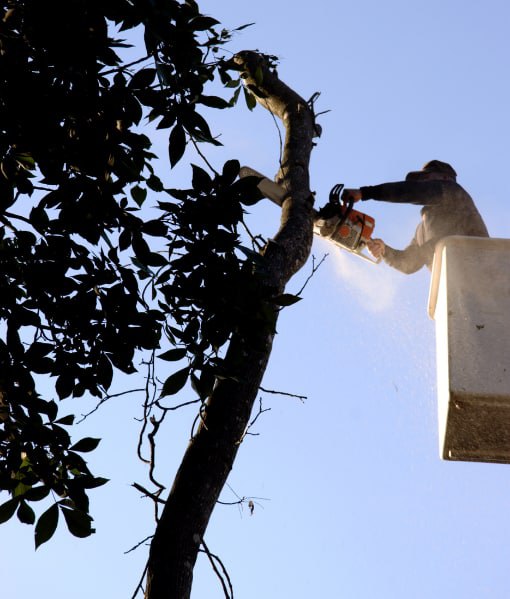
Introduction: Hedge cutting is a crucial aspect of garden maintenance but challenging. From overgrown hedges to unruly growth patterns, homeowners often encounter various obstacles when tending to them. In this blog post, Canterbury Tree Surgeons shares expert insights into addressing common hedge-cutting challenges and provides practical solutions to help you achieve a well-manicured hedge.
Overgrown Hedges:
Challenge: Overgrown hedges can quickly become unsightly and difficult to manage, posing a challenge for homeowners seeking to maintain their garden’s appearance.
- Solution: When faced with overgrown hedges, it’s essential to approach pruning cautiously to avoid damaging the hedge’s health. Begin by removing dead or diseased branches, then gradually thin out dense growth to improve airflow and light penetration. Trim the hedge back incrementally over multiple sessions to prevent shock and encourage healthy regrowth.
Uneven Growth:
Challenge: Uneven growth can result in a patchy and unkempt hedge, detracting from your garden’s overall aesthetic.
- Solution: To address uneven growth, carefully assess the hedge’s structure and identify areas of imbalance. Use sharp pruning shears or hedge trimmers to trim longer branches and encourage uniform growth selectively. Focus on shaping the hedge to create a symmetrical profile, maintaining consistent heights and contours.
Thick or Woody Growth:
Challenge: Thick or woody growth can be challenging to cut through, requiring more effort and specialised tools to achieve a clean, precise trim.
- Solution: When dealing with thick or woody growth, opt for heavy-duty pruning tools such as loppers or hedge trimmers with serrated blades. Begin by removing any large, stubborn branches using a saw or pruning saw, then work through the hedge, making careful, deliberate cuts to thin out dense areas and shape the hedge to your desired specifications.
Encroaching on Boundaries:
Challenge: Hedges that encroach on property boundaries or neighbouring properties can lead to disputes and strained relationships with neighbours.
- Solution: To prevent hedge encroachment, establish clear boundaries and regularly trim the hedge to maintain a neat appearance. Communicate with neighbours about property lines and coordinate hedge-cutting efforts to ensure mutual respect and cooperation. If necessary, consult with a professional tree surgeon to assess the situation and provide guidance on managing boundary hedges.
Timing and Frequency:
Challenge: Determining the optimal timing and frequency for hedge cutting can be confusing, leading to suboptimal results or unintentional damage to the hedge.
- Solution: Research the specific needs of your hedge species to determine the best time for pruning and the appropriate frequency for maintenance. Generally, hedge cutting is best done during the dormant season to minimise stress on the plants and promote healthy regrowth. Aim to trim hedges at least once or twice a year, with additional touch-ups to maintain shape and density.
Conclusion: Hedge cutting may present its fair share of challenges, but with the right knowledge and approach, you can overcome obstacles and achieve stunning results. By addressing common challenges such as overgrowth, uneven growth, thick or woody growth, boundary encroachment, and timing and frequency issues, you can maintain a beautiful and well-manicured hedge that enhances the beauty and functionality of your garden.
Call us on: 01227 203994
Click here to find out more about Canterbury Tree Surgeons
Click here to complete our contact form and see how we can help with your tree’s needs.